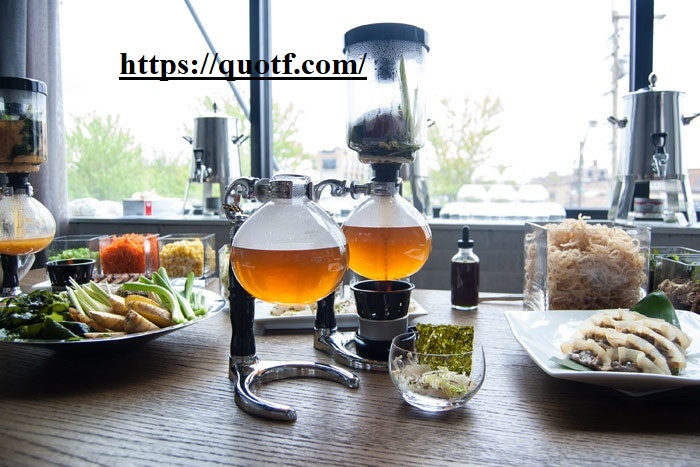Catering For Outdoor Workers in Winter

Despite the drawing-in of darker days and colder weather, construction work still needs to continue – and though the work largely remains the same, the difference in conditions means provisions for workers and visitors alike should also differ. This piece will cover the ways in which project managers can plan for colder weather, and the importance of certain pieces of safety equipment to workers.
Risk Assessments
Risk assessments are the key to any robust health and safety plan. Without a thorough risk assessment of the job site and work in question, project managers cannot be sure to plan for and address every potential risk afforded by a site. The risk assessment will flag up key areas on which to focus, and for which to implement specific safety procedures or training programmes. The latter is a particularly important reason for employing a risk assessment; knowing the risks and hazards presented by an environment or task can prime foremen and managers for the training they will need to provide workers on said site, whether with regard to icy conditions or working at height.
Winter Clothing
Winter conditions present many barriers to progress for workers on construction sites, and the provision and use of winter clothing can solve the biggest of those barriers: temperature, and its effect on the human body. At colder temperatures, blood flow to extremities is released, reaction times slow and muscles freeze up – making precision work hard and reducing stamina. By ensuring the body is kept warm, workers can continue to work without the risk of injury relating to reduced and imprecise movement.
Winter jackets and over-trousers are commonplace for outside work in the winter – not only do they provide an additional barrier for wind and water, but they are also often adorned with reflective strips to ensure visibility in the darkness from shorter days. Gloves are a must for safe use of tools in colder weather; thermal gloves provide additional heat retention, while waterproofing keeps the hands warm and dry for safe operation of machinery. Safety boots are also often lined with insulative material, and come with grippy rubber soles for more traction on icy or muddy floors that often come with colder, less clement weather.
Workplace Provisions
Active constructions sites should provide more than simply the relevant workwear in colder weather. It is also vital to provide personal protective equipment, or PPE. This might include eye goggles, face masks for protection when handling cement or drilling into masonry, hard hats for falling objects, and the aforementioned safety boots for crushing hazards and general protection. Of course, this PPE needs to be appropriate for the colder weather – whether using harder-wearing N95 masks than flimsy fabric masks, or providing eye goggles that don’t steam up during use.
Other provisions for cold weather relate more to rest and recuperation. Workers should have access to warmer spaces and more regular breaks, in order not to suffer from extended exposure to the cold. They should also have access to amenities such as hot drinks in order to regulate temperature and stay hydrated.




